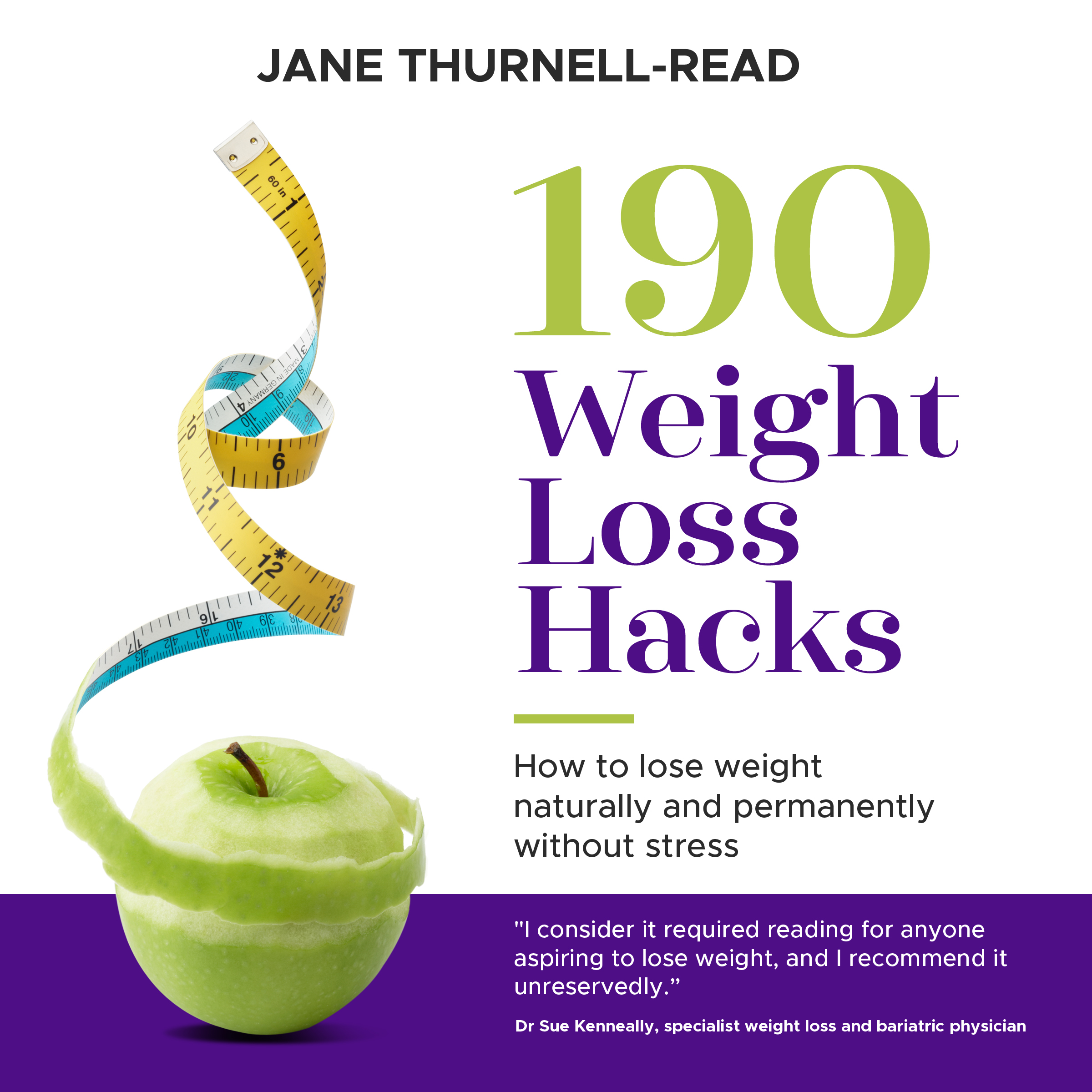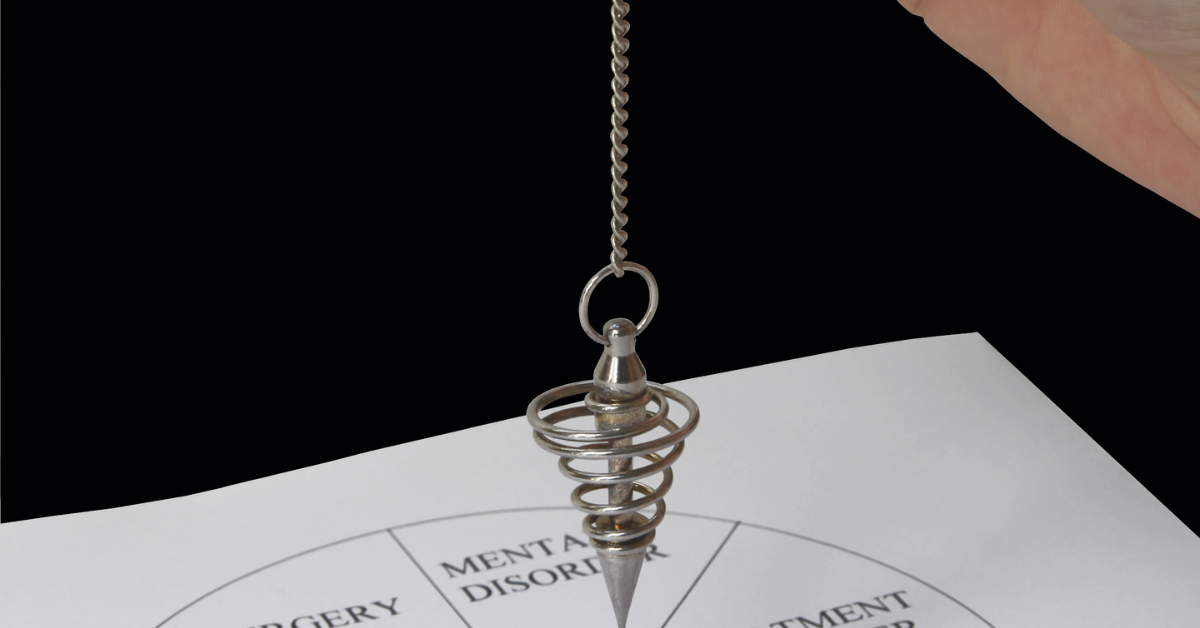Dowsing is sometimes also called ‘divining’. It is an ancient art that is now enjoying a revival of interest. Dowsing has mistakenly been associated with the occult by many, so that dowsers often do not talk about what they do. You may well know a keen dowser without realising it.
What does a dowser do?
Dowsing has been around for a long time. Depictions of people dowsing have been found on Egyptian murals and ancient Chinese statues, but the real documentation of dowsing began with French priests in the seventeenth century. However, much of the knowledge about dowsing is not written down but is passed on by teaching and demonstration by experienced dowsers.
Dowsers often use pendulums when dealing with individual health problems. The pendulum consists of a weight (usually made from wood, crystal or metal) suspended on the end of a string or thin wire, which the dowser holds between two fingers. The pendulum swings one way for ‘yes’ and another way for ‘no’. The most common response is clockwise for ‘yes’ and anticlockwise for ‘no’, but different people get different responses. The important thing when using a pendulum is that the response is consistent: a particular response from the pendulum always meaning ‘yes’ and another, equally clear response, always meaning ‘no’.
Dr Patrick MacManaway in his book Dowsing For Health says:
“Dowsing works very simply. We ask a clear and unambiguous question in our mind, to which the answer can only be “Yes” or “no”. Having asked the question, we allow the answer to come back to us from our inner self, using a predetermined code to interpret the movements of the dowsing tool to indicate whether it is a positive or a negative response.”

“This is one of the best books I’ve read in awhile! Living a healthy life can seem daunting and impossible. This book takes something that seems difficult and breaks it down into easy, mostly free, simple attainable goals.” Amazon US customer
Simple and Affordable Strategies for a Healthier, Happier You
Sometimes dowsers hold a ‘witness’ in their hands while doing this. Some pendulums have a space in the weight to house the witness. A witness is a sample of the thing that the dowser is trying to find. If the dowser is working to help improve the health of a client, they may use a hair sample as a witness. This is particularly likely if the client is not present.
The dowser will ask a series of questions to which the answer must be either ‘yes’ or ‘no’, holding the pendulum and waiting for it to move appropriately. Through this the practitioner will establish what sort of treatment is necessary. Not all dowsers use the same form of treatment. One dowser might use crystals, affirmations and healing, whereas another might concentrate on nutrition and diet. For this reason, it is generally advisable to find out type of treatments a dowser favours before making an appointment.
Many dowsers are also interested in geopathic stress. Most prefer to use rods rather than pendulums for this work, as a pendulum will tend to move as the dowser walks around a site. The rods are usually made of metal, although sometimes a forked twig, traditionally made of hazel or willow, is used instead. One reason for using willow was that willow is found near water. As the early dowsers were usually looking for water, they felt that willow had some affinity for it because of its preferred habitat. Learning to use dowsing rods has been described as like training a pet dog – the rods being the dog. The dowsing rods are ‘trained’ to cross when the dowser is above the negative energies. Some dowsers train their rods to cross when their feet are above the area, whereas others have their rods cross when the rods are above the energies. The rods may also be used to point in the direction of flow of an energy or to point out a relevant spot or area.
A strange dowsing experience
I once had a rather strange experience with dowsing rods when I was in London. I was walking with some other people towards Hyde Park in the centre of London with the intentions of doing some dowsing in the park. I was holding my rods in the normal dowsing position, as I walked along the road. I was not really paying them much attention, because I was talking to the person walking next to me. Abruptly and swiftly the rods moved through 90 degrees. I have never seen rods move so fast and so ‘purposefully’; The rods were pointing directly at a building.
A policeman was standing outside the building. I walked over and saw that the building was an embassy. The government of that embassy was involved in an acrimonious dispute with the British government, which believed that it was supporting terrorist activity.
Normally when you use dowsing rods you have some intention. For example, you might set out to look for water, geopathic energies or minerals. My intention (but without much focus) had been for the rods to find anything ‘interesting’ on my walk to the park. It was certainly an ‘interesting’ find.

“An excellent book, concise and factual therefore easy to read by ‘dipping in and out’. Lots of good advice on implementing strategies that will help to promote and maintain good health including maintaining strength, balance and mobility – so important as we get older. I recommend this book to anyone who wants to optimise their health. Amazon UK customer
Unlocking the Secrets to Longevity, Vitality, and Disease Prevention
How does dowsing work?
In The Divining Hand Christopher Bird explains how Dr Zaboj V. Harvalik, a physicist and scientific advisor to the U.S. Army’s Advanced Material Concepts Agency, undertook to find out more about dowsing. He conducted various tests and concluded that the organs in the body responsible for sensing these changes were the adrenal glands and the pineal gland. The stimulus was then transmitted to the brain and back out to the muscles of the arms.
There is no totally convincing explanation of how dowsing works, but there is more and more evidence that it does work. Most authorities on dowsing agree with Harvalik that the dowser picks up minute variations. These variations cause minor changes in muscles including those in the wrists. The rod or pendulum then makes these changes visible to the naked eye, and thereby to the conscious attention of the dowser. A small change in muscle tension becomes a much larger change in the movement of the rod or pendulum. Having said this, dowsing should feel as though the rods or pendulum are moving of their own accord and are not being influenced.
This does not explain how many dowsers can work successfully at a distance. Many dowsers use maps rather than visiting a site, and some dowsers work with clients remotely too. Both Harvalik and Tom Graves recognise that as yet there is no adequate explanation of how this works, but both believe that there is incontrovertible evidence that it does.
Tom Graves points out in his excellent book The Dowser’s Workbook:
“Dowsing rarely makes sense in theory, but does work surprisingly well in practice.”
If you want to learn more about dowsing and geopathic stress, you may be able to find a secondhand copy of my book Geopathic Stress. Also, check out the British Society of Dowsers website.
-
Will flavonoids make a difference to my health?
Discover the delicious secret to a longer life! New research reveals that tea, berries, dark chocolate, and apples could help reduce the risk of chronic…
-
Unlock Deep, Restful Sleep Naturally with These 9 Essential Oils
Essential oils can help you sleep better, whether you want to calm your mind, be uplifted or soothed, there is an essential oil for you.
-
The truth about willpower and healthy eating
When you fail to eat healthily, you probably blame your lack of willpower. But is more willpowerwhat you really need?
My Books
Small Shifts, Big Impact –
Backed by Science

Simple and Affordable Strategies for a Healthier, Happier You

Unlocking the Secrets to Longevity & Vitality

How To Lose Weight Naturally And Permanently Without Stress

Live Well, Sleep Well, Stop Hot Flashes And Lose Weight




